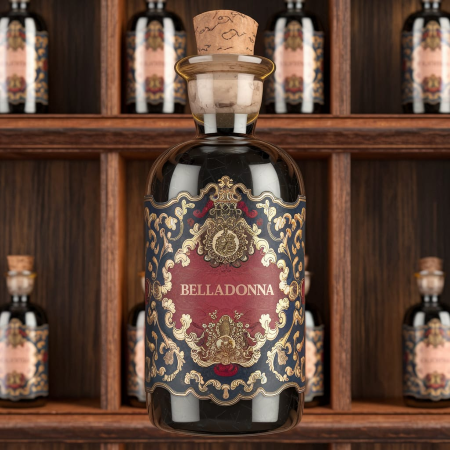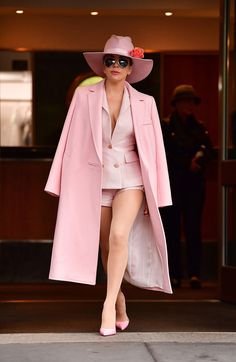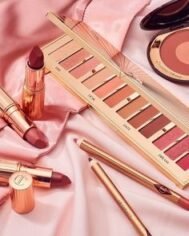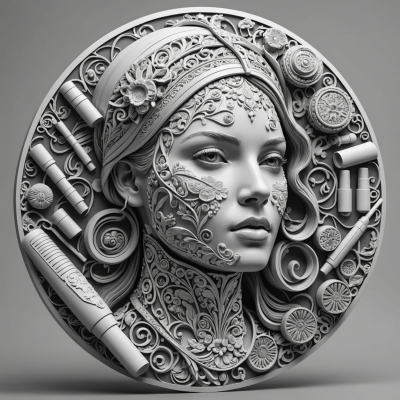During the Renaissance, a period marked by an obsession with aesthetics, elegance, and refinement, upper-class Italian ladies often used belladonna as a beauty enhancer. The plant, fittingly named belladonna—meaning “beautiful lady” in Italian—came to embody a dangerous but appealing beauty practice. Women would use its extract to dilate their pupils and achieve a seductive look. Though this may appear harsh by modern standards, it aligns with the beauty ideals and cultural context of the Renaissance, making the practice more understandable.
Pupil Dilation: The Epitome of Beauty
Why did people consider dilated pupils beautiful?
The obsession with large pupils goes back millennia and is rooted in evolutionary psychology. When people feel aroused, agitated, or attracted to something, their pupils naturally dilate. This biological response can make a person appear more engaged and receptive, signaling interest and emotional connection. During the Renaissance, ladies attempted to intentionally recreate this look in order to project an image of heightened femininity, allure, and mystery.
The desired effect was bewitching, as ladies with larger pupils were viewed as more appealing and intriguing. Paintings from this era frequently represent ladies with wide, dark eyes that emit a soft, inviting aspect, demonstrating how artists and society alike prized the look that Belladonna could help achieve.

The Art of Danger: Belladonna Drops
Women would prepare an extract from the belladonna plant’s berries or leaves and then apply a few carefully measured drops to each eye. This would cause the pupils to dilate, giving their gaze a hypnotic look. The effect, however, came with a major risk. Belladonna’s active alkaloid, atropine, interferes with the parasympathetic nervous system, which controls the muscles that constrict and dilate pupils. As a result, the pupils would stay unnaturally enlarged for hours, leading to temporary vision problems such as light sensitivity and difficulty focusing.
Prolonged use may result in permanent damage, including blindness and systemic symptoms such as dry mouth, dizziness, and elevated heart rate. Despite these dangers, many Renaissance women willingly risked their health in the name of beauty, believing that the allure of their eyes could make them more desirable in social circles.
The Legacy of Belladonna in Beauty
The infatuation with belladonna drops not only impacted the eyes physically but also represented cultural and romantic symbolism. The courtly love traditions of the time idealized a woman with large, dark pupils as passionate, expressive, and deeply emotional. Poets and artists reinforced this fascination by regularly referring to women’s enticing eyes in sonnets and odes.
While the use of belladonna as a beauty therapy eventually waned as medical understanding and awareness of its toxicity increased, its influence on beauty standards lingered. Even now, the relationship between large eyes and attractiveness remains deeply embedded in fashion, art, and even modern cosmetics, as seen in the popularity of makeup products designed to create the illusion of larger eyes.
Belladonna’s story as the “beautiful lady” of the Renaissance serves as a reminder of how far society has gone—and occasionally still goes—in its pursuit of beauty. The plant’s sinister allure continues to captivate, demonstrating how the border between beauty and danger is sometimes more ambiguous than we realize.
Follow Chiclysharp on Instagram










